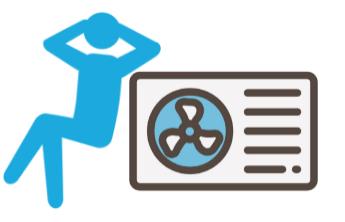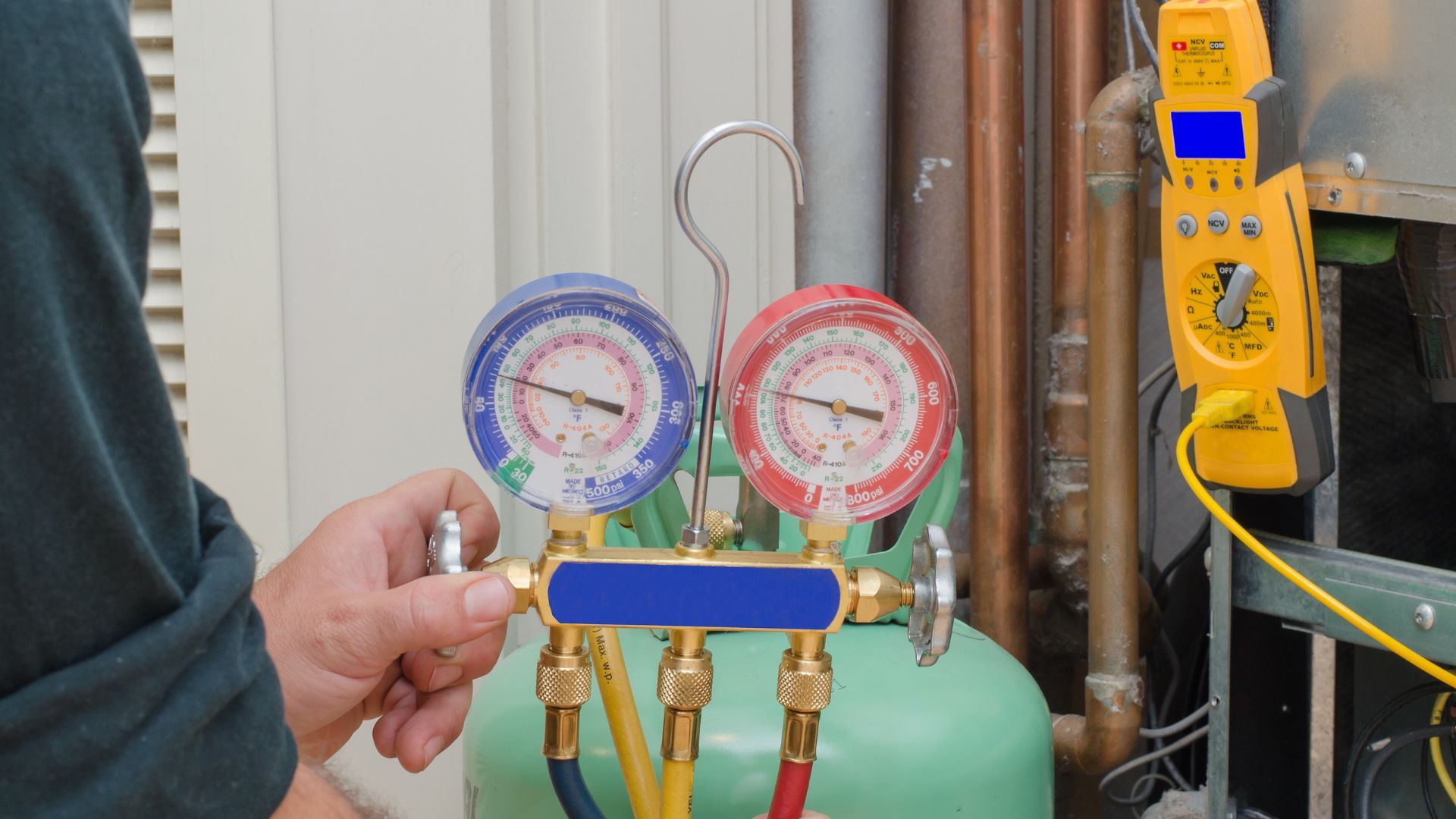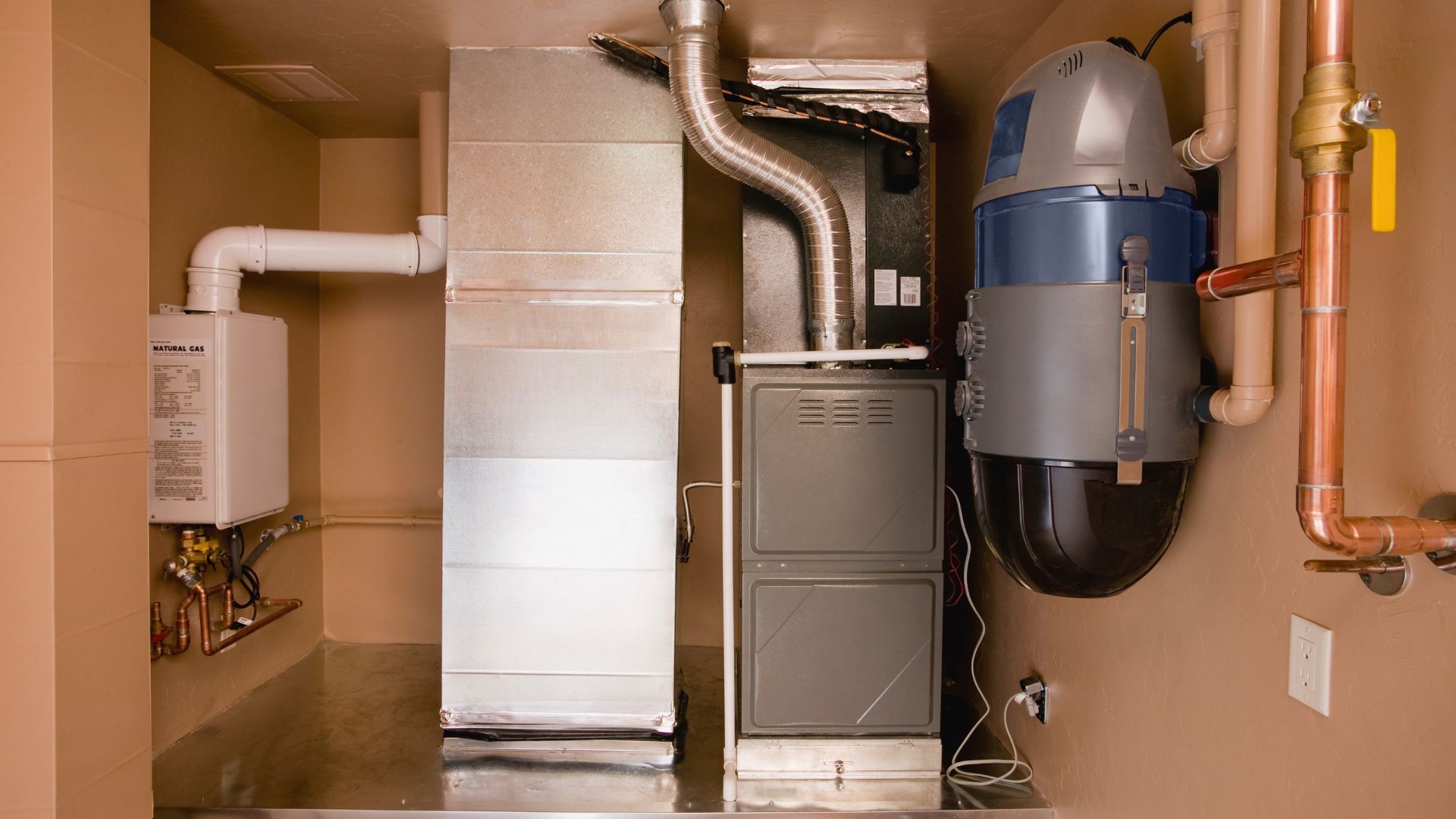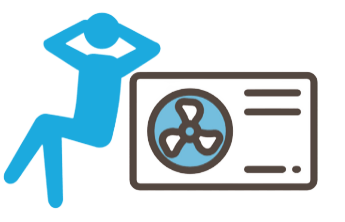Ductless Heatpumps Bellingham
Ductless Heating and Cooling - The Best Choice for Homeowners?
If you're in the market for a new heating and cooling system, you may have come across the option of a ductless mini split. But what is a ductless mini split? How does it work? And is it the best choice for your home? In this blog post, we'll answer all of those questions and more. Read on to learn everything you need to know about ductless heating and cooling.
What is a Ductless Mini Split?
A ductless mini split is a type of air-source heat pump. Unlike a traditional central air system, which uses ducts to distribute conditioned air throughout your home, a ductless mini split has an outdoor compressor unit and one or more indoor units that deliver conditioned air directly into your living space.
Get a free quote
Contact Us
Ductless mini splits are highly efficient, and they can be used for both heating and cooling. In the summer, they work like any other air conditioner, removing heat and humidity from your home to keep you cool and comfortable. In the winter, they can reverse their operation to deliver heat into your home using the heat that would normally be released outdoors.
Benefits of Ductless Heating and Cooling
There are many benefits that make ductless mini splits an attractive option for homeowners, including:
-Improved efficiency: Because there is no ductwork involved, there's no chance of energy loss through leaky ducts. Ductless mini splits also have variable-speed compressors that adjust their operation to match your heating or cooling needs, further improving efficiency.
-Flexible installation options: Ductless mini splits can be installed in any room in your home, making them ideal for rooms that are difficult to heat or cool with a traditional central air system.
-Improved indoor air quality: Since there is no ductwork involved, there's no chance of dirt, dust, or other allergens being circulated throughout your home. Ductless systems also have built-in filters that improve the quality of the air in your home.
-Lower operating costs: Thanks to their improved efficiency, ductless mini splits typically cost less to operate than traditional central air systems.
-Less maintenance: Ductwork can be a breeding ground for mold and other pathogens. Because there is no ductwork with a ductless mini split system, you don't have to worry about these problems .
Drawbacks of Ductless Heating and Cooling
While there are many benefits that make ductless heating and cooling an attractive option for homeowners, there are also some potential drawbacks that you should be aware of before making a decision. These drawbacks include:
-Higher initial costs: Because they require no ductwork, ductless mini splits typically have higher initial costs than traditional central air systems.
-Potential noise issues: The outdoor compressor unit of a ductless mini split can emit noise as it runs. This noise may not be an issue if the unit is installed far away from living spaces, but it could be an issue if it's installed near bedrooms or other quiet areas of your home .
Ductless heating and cooling systems offer many benefits over traditional central air systems, including improved efficiency, flexible installation options, improved indoor air quality , lower operating costs ,and less maintenance . However ,they also typically have higher initial costs ,and potential noise issues from the outdoor compressor unit . Homeowners should weigh these pros and cons carefully to decide if a ductless system is right for their needs .
Concerned about your furnace or heatpump?
Hire a professional to handle all your HVAC needs. You'll save money & gain peace of mind.



